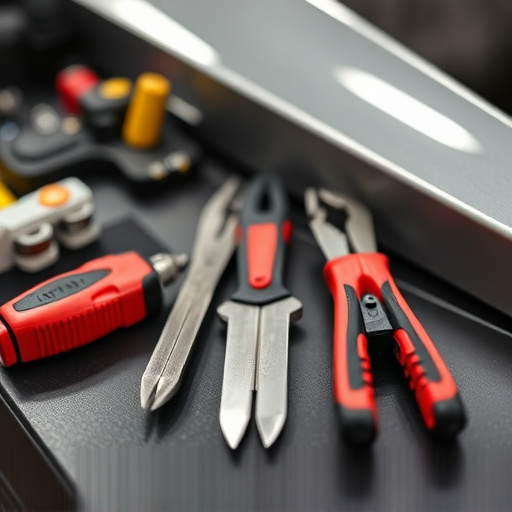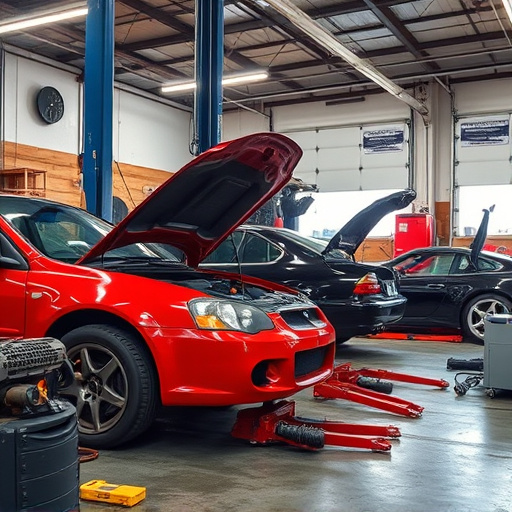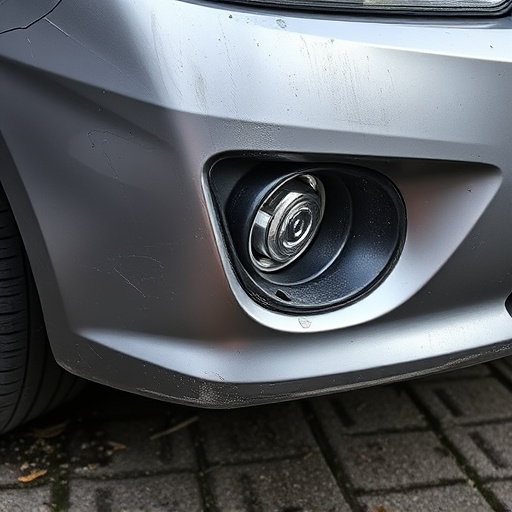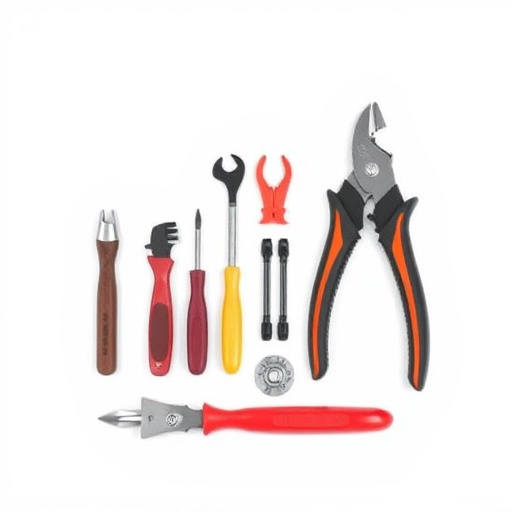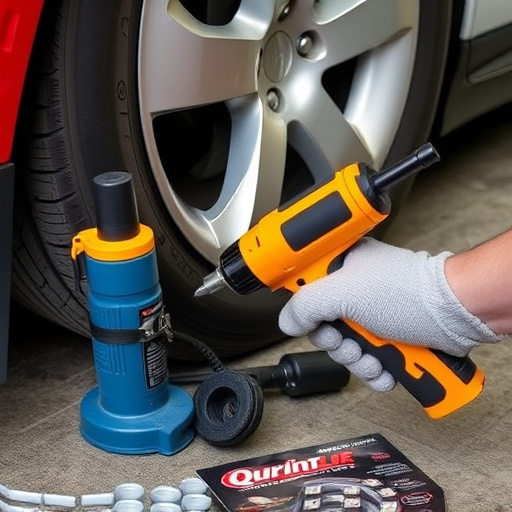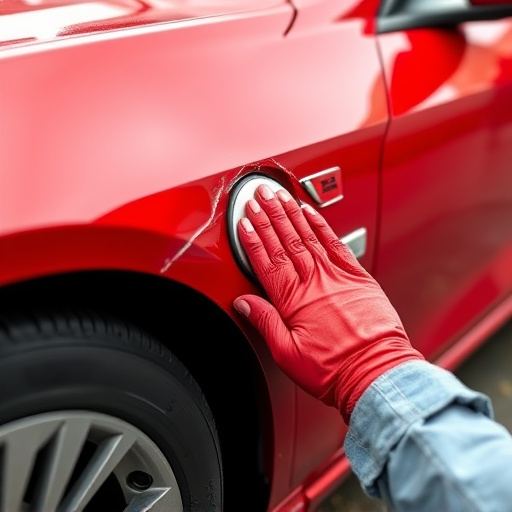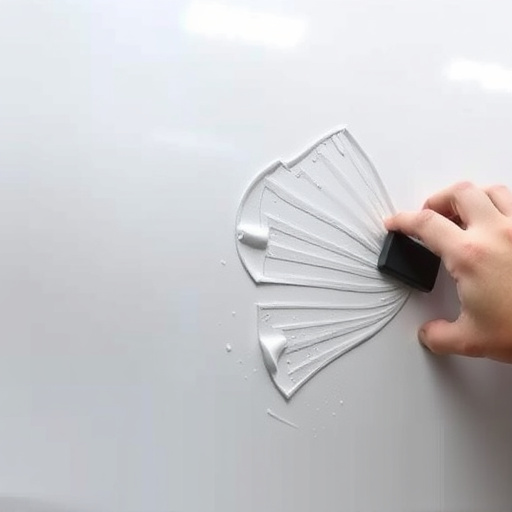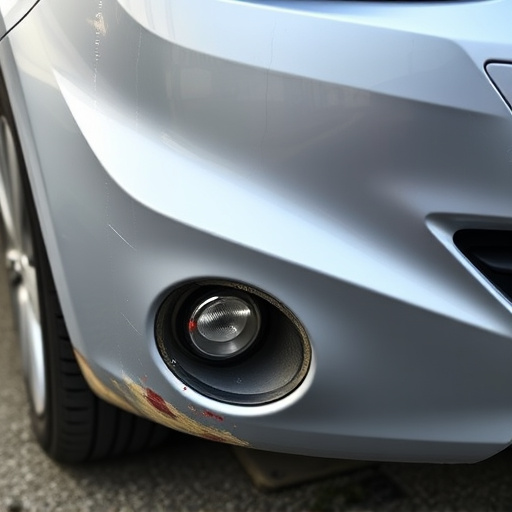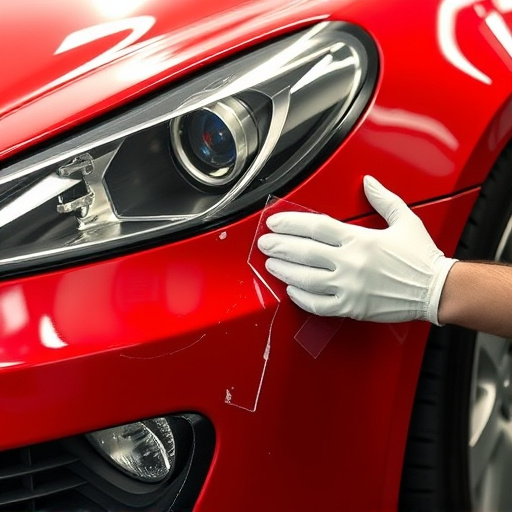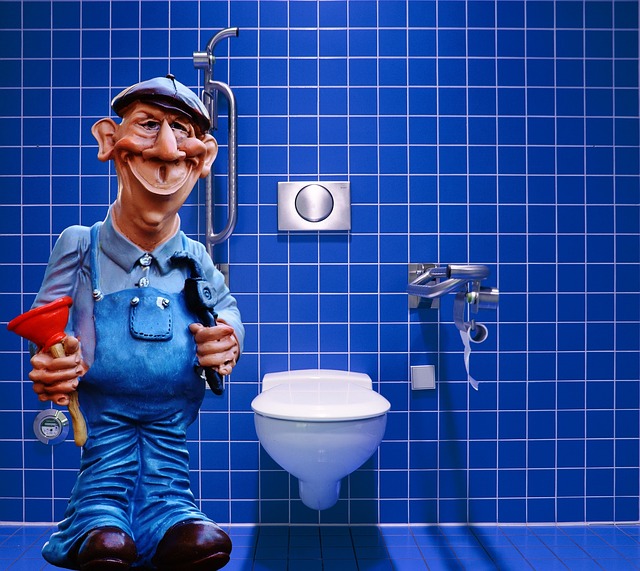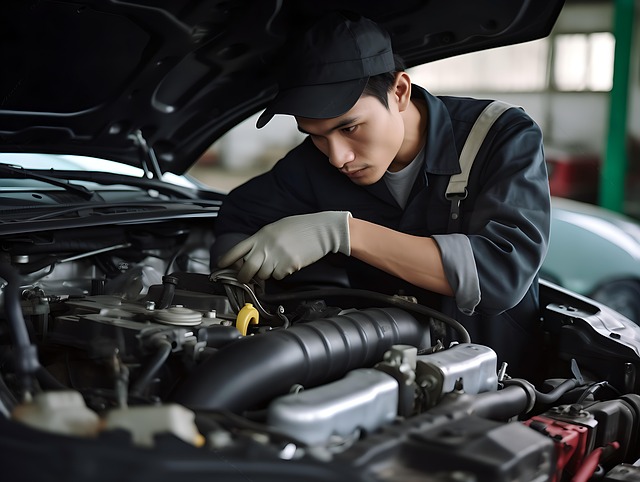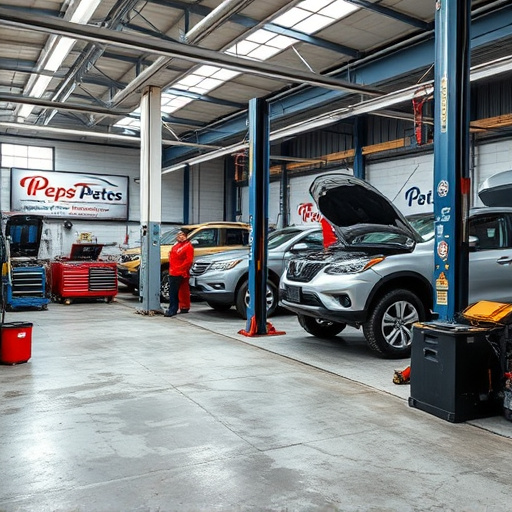PDR tools, initially for auto body repairs, are now versatile and indispensable across various industries due to their ability to handle diverse materials. Despite their perceived simplicity, they require skilled professionals with specific equipment to prevent further damage or visible marks. Modern PDR tools have advanced significantly, featuring precision sensors, cooling systems, and digital displays for enhanced comfort, safety, and repair quality in both automotive and bumper repairs.
Are you in the automotive industry and curious about PDR tools? Think beyond the conventional wisdom. This article debunks common myths surrounding PDR (Paintless Dent Repair) tools, offering insights for body shops, detailers, and car enthusiasts alike. We explore their versatility—PDR tools aren’t just for body shops—and delve into advanced features that enhance efficiency. By understanding these misconceptions, you can make informed decisions about investing in PDR technology.
- PDR Tools Aren't Just for Body Shops
- Debunking Efficiency Myths: PDR Tools
- Beyond the Basics: Advanced PDR Tool Features
PDR Tools Aren't Just for Body Shops
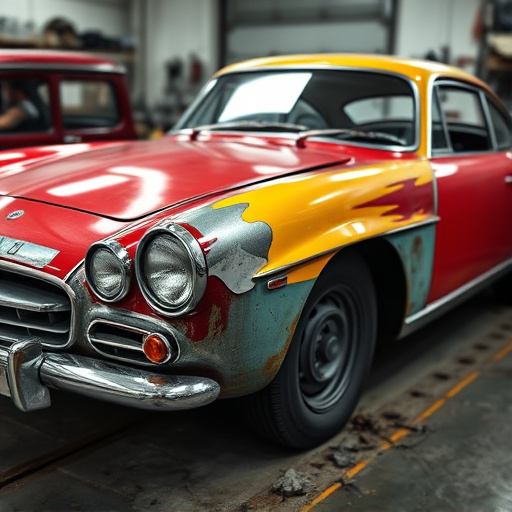
PDR tools aren’t just confined to the realm of auto body shops. These innovative devices have found their way into various industries and are proving to be indispensable for more than just auto body repairs. From construction sites to home renovation projects, PDR tools are revolutionizing dent removal and repair processes. Their versatility stems from the fact that they can handle a wide range of materials, including metal, plastic, and even some types of glass.
Far from being a mere fad, PDR technology offers significant advantages over traditional methods for dent removal and repair. They are lightweight, easy to use, and often powered by air or electric motors, making them efficient and user-friendly. This accessibility means that professionals across sectors can now perform high-quality dent repair without relying heavily on specialized personnel or expensive equipment.
Debunking Efficiency Myths: PDR Tools
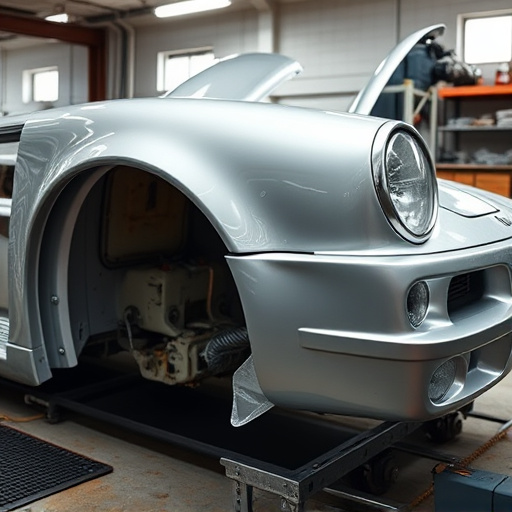
Many believe that Professional Detailing (PDR) tools are a quick fix for various car damages, painting over imperfections without proper preparation or skill. However, this myth downplays the intricate and precise nature of PDR techniques. PDR tools aren’t a magic wand; they require trained professionals to effectively address dents, dings, and scratches on automotive surfaces. The process involves careful assessment, specialized equipment, and expert hands to ensure minimal paint removal and maximum restoration.
Ignoring the skill and technique required for PDR can lead to poor outcomes in car damage repair. It may seem like a fast and cost-effective solution for collision repair or autobody repairs, but without proper training, tools can cause further damage or leave visible marks. PDR specialists utilize specific techniques tailored to different types of deformations, ensuring that the car’s original finish is preserved as much as possible. Debunking this efficiency myth encourages car owners to seek professional help for quality car damage repair and restoration.
Beyond the Basics: Advanced PDR Tool Features
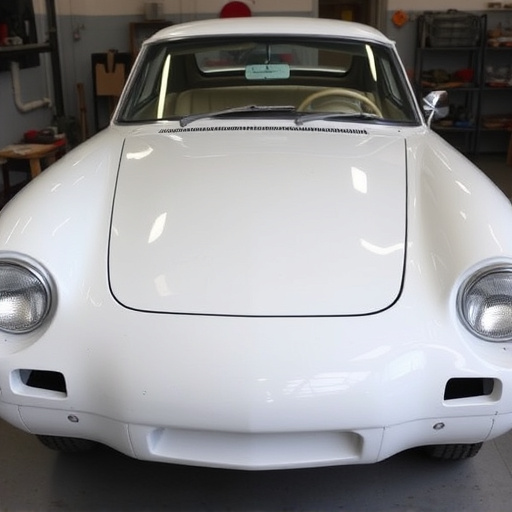
Many people think of PDR tools as simple devices for minor dent repairs, but these advanced technologies offer much more than meets the eye. Beyond the standard features used for bumper repair and other minor cosmetic fixes, modern PDR tools come packed with sophisticated capabilities that elevate their utility to new heights. For instance, some advanced models feature precision sensors that enable accurate measurements, ensuring every repair is executed with meticulous care.
These tools also incorporate innovative cooling systems that prevent overheating during prolonged use, thereby enhancing operator comfort and safety. Additionally, they often include digital displays that provide real-time feedback on pressure levels, allowing automotive collision repair professionals to make adjustments on the fly. These advanced features not only streamline the repair process but also contribute to higher quality outcomes in both automotive repair and bumper repair scenarios.
PDR tools have evolved far beyond their traditional automotive body shop usage. Debunking common myths is crucial to recognizing their versatility and efficiency in various industries. By understanding the advanced features and capabilities, businesses can unlock new possibilities and make informed decisions when incorporating these innovative technologies into their operations. Remember, ignoring the benefits of PDR tools could leave you behind in today’s competitive market.
